Wing Chun

What is Wing Chun?
Wing Chun, one of the youngest styles of Chinese kung fu, is based on the scientific principles of efficient use of the human body structure. It does not rely too much on physical strength and can be learned in a relatively short time.
Wing Chun offers not only an effective system for self-defense, but also benefits in many other areas, such as increasing self-esteem, improving physical fitness, enhancing relaxation, concentration and coordination for anyone, regardless of age, gender and constitution.
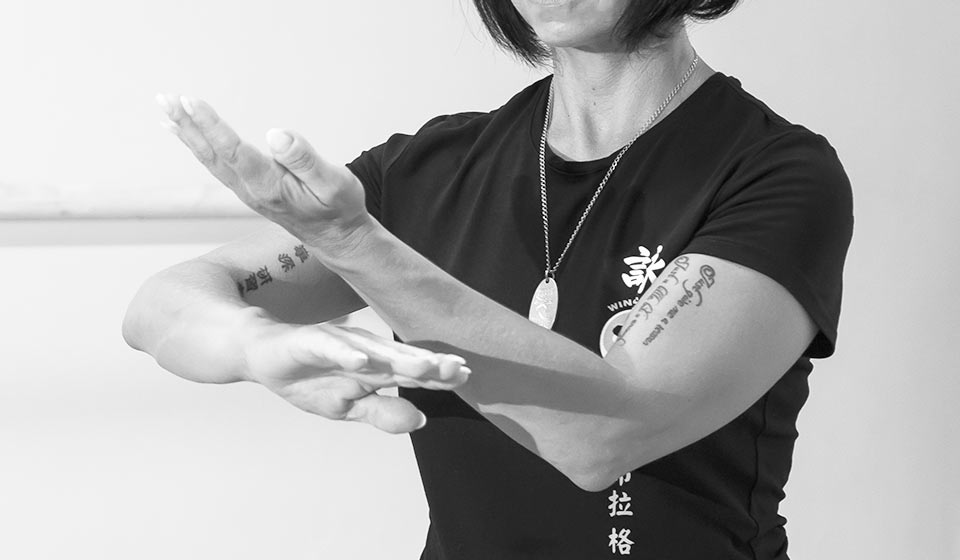
Legend of Wing Chun
According to legend, Wing Chun was created by a Ng Mui, nun from the Shaolin Monastery, about 300 years ago.
At that time, Ng Mui was recognized as one of the "five elders", the best experts in existing kung fu styles. In the past, until the early twentieth century, most martial arts in China were taught privately in small groups. Since its inception, Wing Chun has been passed on only to selected individuals. The beginning of its public education is the legendary Yip Man, after his arrival from mainland China to Hong Kong in 1948-49.
Some like legends that can serve as a source of inspiration or lessons.
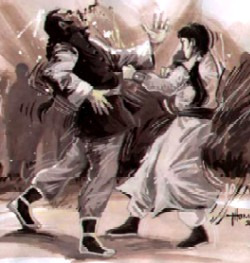
The Five Principles of Wing Chun
Wing Chun kung fu emphasizes simplicity, practicality and efficiency, does not rely too much on physical strength and can be learned in a relatively short time.
Wing Chun Forms
The forms systematically develop stability, concentration, coordination, generated power, speed and much more.
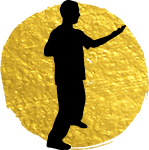
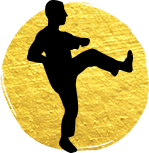

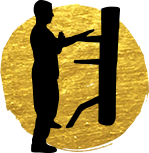
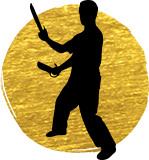
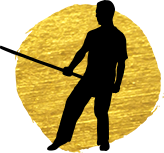
 Wing Chun Praha - HQ
Wing Chun Praha - HQ